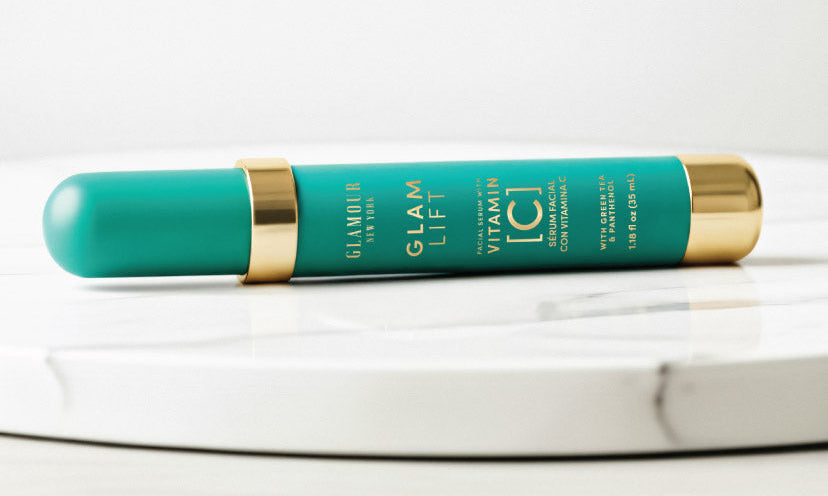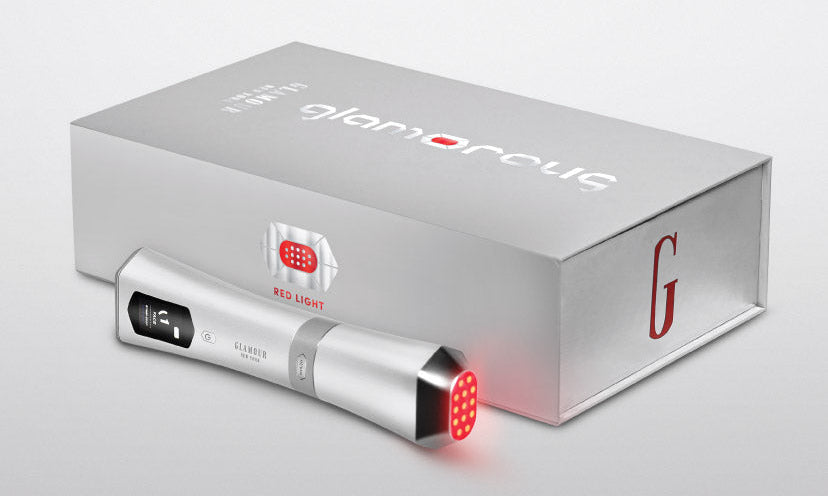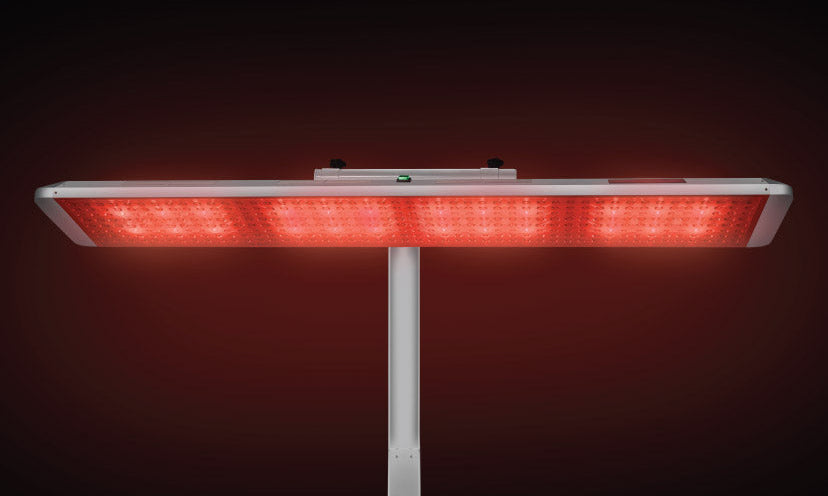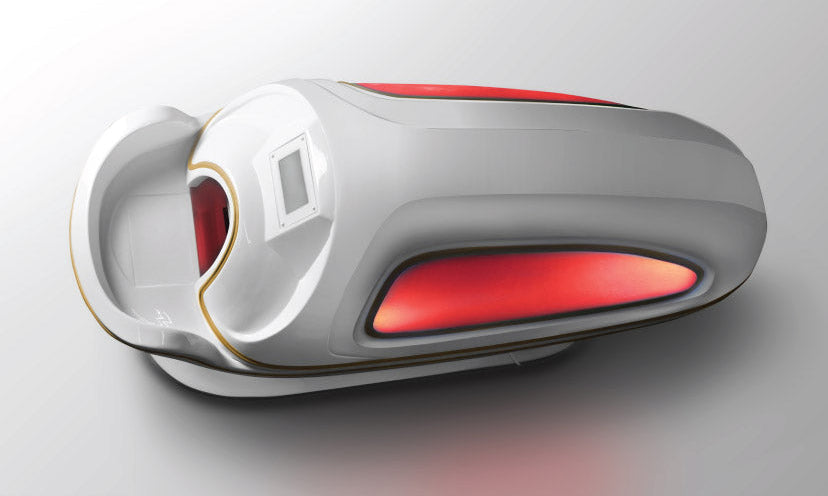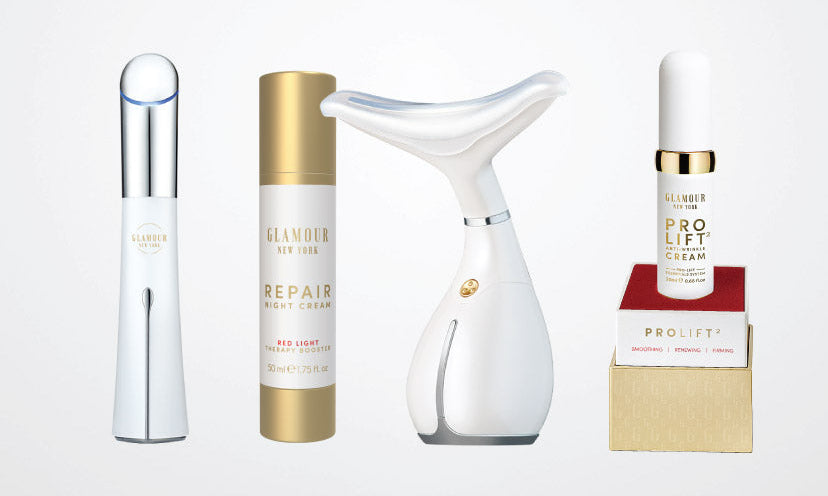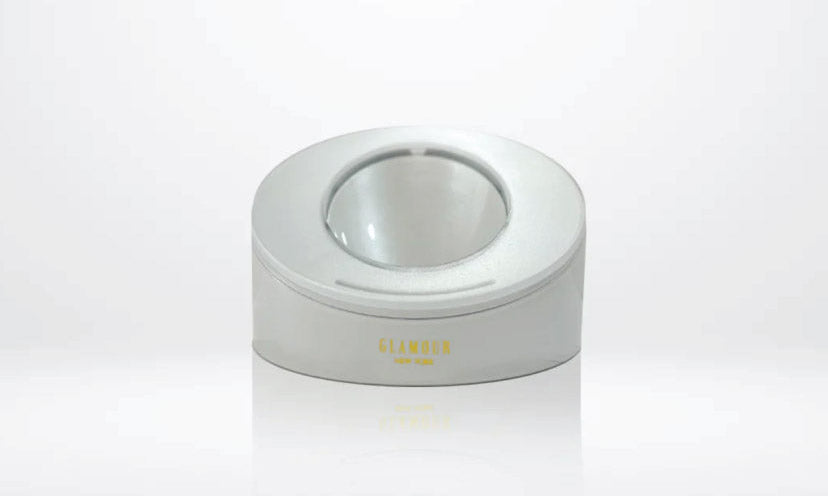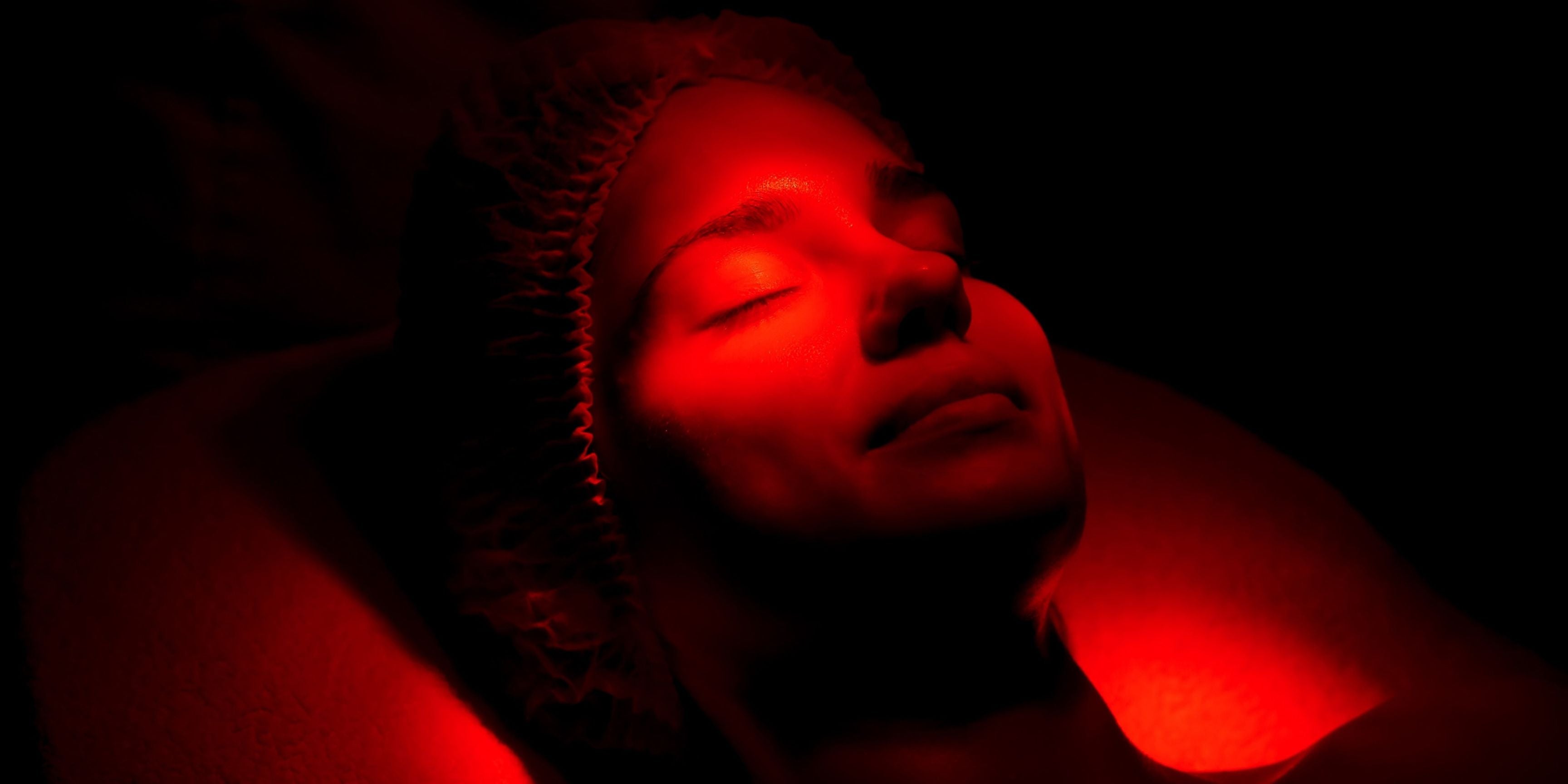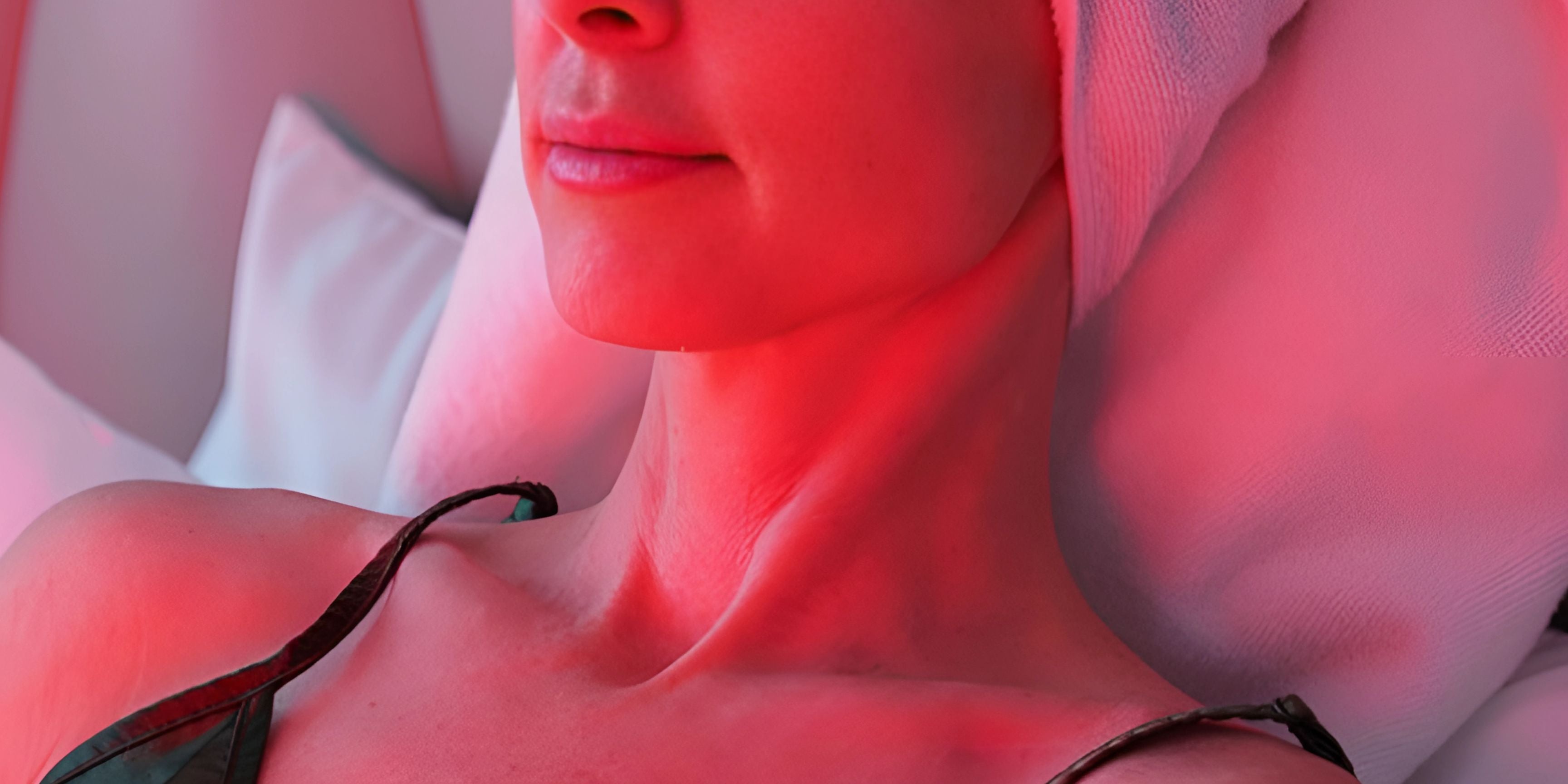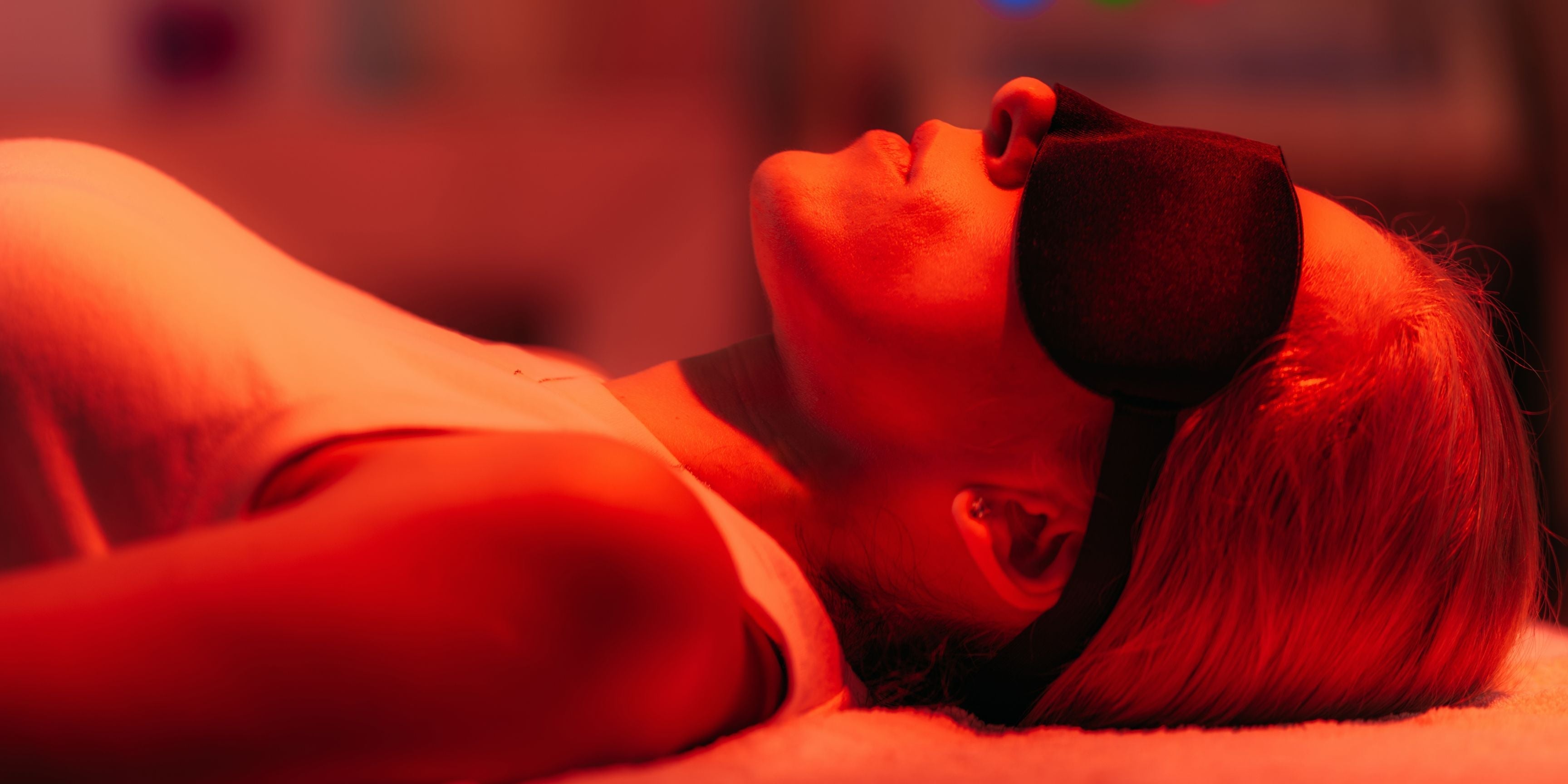Acne scars can be stubborn, but advancements in light therapy are offering new hope. From reducing redness to stimulating collagen production, red and blue LED therapies are becoming a go-to option for people who want results without invasive procedures. In this guide, we’ll break down how light therapy works, the best devices available, safe protocols, and what kind of results you can realistically expect.
What Is Light Therapy for Acne Scars?
Light therapy, also called low-level light therapy (LLLT) or photobiomodulation therapy (PBMT), uses specific wavelengths of light to target damaged skin tissue. It works by:
- Stimulating collagen production, which helps smooth and repair scar tissue.
- Reducing inflammation and post-inflammatory pigmentation.
- Regulating sebum production, which can prevent new breakouts.
How Red and Blue Light Therapy Work on Skin
- Red light therapy (around 630nm–660nm) penetrates deeper layers of skin, stimulating fibroblasts to produce collagen and elastin.
- Blue light therapy (around 415nm) targets surface bacteria (P. acnes) that cause breakouts, helping prevent future scarring.
- Near-infrared light (up to 880nm) supports deeper tissue healing and circulation.
Collagen Stimulation and Scar Remodeling Explained
Collagen acts as the skin’s support structure. With scars, collagen can be irregularly distributed. Red light therapy helps reorganize collagen fibers, smoothing pitted or uneven scars over time.
Benefits of Red Light Therapy for Acne Scars
Reduction of Inflammation and Pigmentation
Red and near-infrared wavelengths calm the skin by reducing oxidative stress and inflammation, which helps fade red or brown post-acne marks.
Long-Term Skin Healing and Anti-Aging Effects
Beyond acne scars, red light therapy improves skin elasticity, reduces fine lines, and supports overall skin rejuvenation. This makes it a dual-benefit investment for both scar reduction and anti-aging.
Clinical Studies and Evidence
- A 2017 clinical review found that LLLT significantly improved skin texture and scar appearance.
- Studies show visible improvements in acne scars after 8–12 weeks of consistent use.

Types of Light Therapy Devices for Acne Scar Treatment
| Device Type | Where to Use | Pros | Cons |
|---|---|---|---|
| At-Home Red Light Devices | Face, small scar areas | Affordable, convenient, long-term use | Results take longer, less powerful than clinical devices |
| Professional LED Machines | Dermatology & Med Spas | Stronger output, faster results, supervised treatment | Higher cost, requires appointments |
| Full-Body Panels / Multiwave Devices | Face + body scars | Covers large surface area, supports overall skin health | Requires space, higher upfront cost |
At-Home Red Light Therapy Devices
Ideal for consistent, daily treatment. Many FDA-cleared options are available for safe use.
Professional and Clinical LED Machines
Used in dermatologist offices and med spas for more powerful, quicker results. Often combined with other treatments like microneedling.
Comparing Red Light vs. Blue Light for Acne Scars
- Red light = best for scar remodeling and collagen stimulation.
- Blue light = best for preventing new acne lesions.
- Combination therapy is often recommended for active acne + existing scars.
Protocols: How to Use Light Therapy for Best Results
Recommended Session Frequency and Duration
- At-home devices: 10–20 minutes, 3–5 times per week.
- Professional sessions: 20–30 minutes, weekly or bi-weekly for 8–12 weeks.
Wavelengths That Work Best (630nm, 660nm, 880nm)
- 630nm & 660nm: Proven to stimulate collagen.
- 880nm (near-infrared): Enhances circulation and deep healing.
Safety Guidelines and Side Effects
- Use protective eyewear with strong LED devices.
- Do not exceed manufacturer guidelines—overuse doesn’t speed results.
- Minimal side effects: mild redness or temporary warmth.
Expected Results and Timeline
How Soon Will You See Visible Improvement?
Most users report initial improvement in skin tone within 4 weeks and noticeable scar reduction after 8–12 weeks of consistent use.
Before and After: Realistic Outcomes
Red light therapy improves scar texture and pigmentation but may not completely erase deep pitted scars. For severe cases, it works best when combined with other treatments like microneedling or chemical peels.
Factors That Influence Results
- Age and skin type
- Depth and severity of scars
- Consistency of use
- Device strength and wavelength accuracy
Choosing the Right Light Therapy Device for Acne Scars
Key Features to Look for in an At-Home Device
- Wavelength accuracy (630nm–660nm)
- FDA clearance for skin treatment
- Adjustable intensity settings
- Treatment area size
FDA-Approved and Dermatologist-Recommended Options
Look for devices labeled “FDA cleared” and backed by clinical research. Many reputable dermatologists now recommend at-home devices as part of a daily skin care routine.
Common Questions About Light Therapy for Acne Scars
Does red light therapy really work for acne scars?
Yes. Clinical studies confirm that red light therapy stimulates collagen, smooths skin texture, and reduces pigmentation.
Is it safe for all skin types and ages?
Yes, red light therapy is safe for all skin tones. However, those with certain conditions (like photosensitivity or pregnancy) should consult a doctor first.
Can light therapy replace other acne scar treatments?
It can be highly effective on its own for mild to moderate scars, but severe cases may benefit from combining with microneedling, chemical peels, or laser resurfacing.
How long do results last?
Results are long-lasting with maintenance. Occasional touch-ups help sustain collagen production.
Are there side effects?
Side effects are minimal, typically limited to slight redness or warmth.
Final Thoughts: Is Light Therapy Worth It for Acne Scars?
Light therapy is a science-backed, non-invasive way to reduce acne scars and improve skin health. With the right device, protocol, and consistency, results can be dramatic. Whether you choose an at-home red light device or professional in-clinic treatment, the benefits extend beyond scar healing to overall skin rejuvenation.

